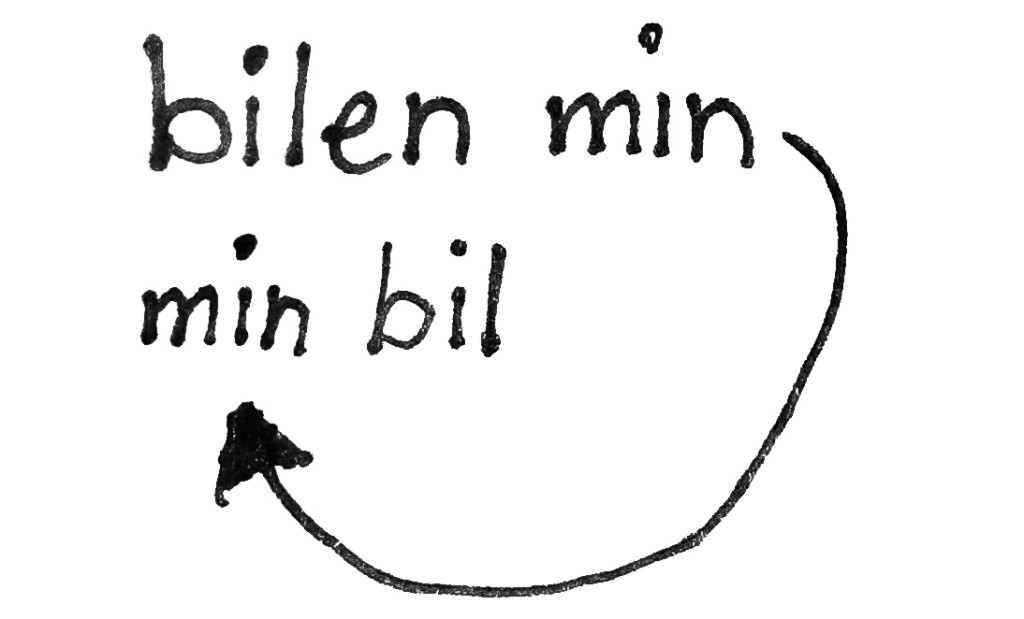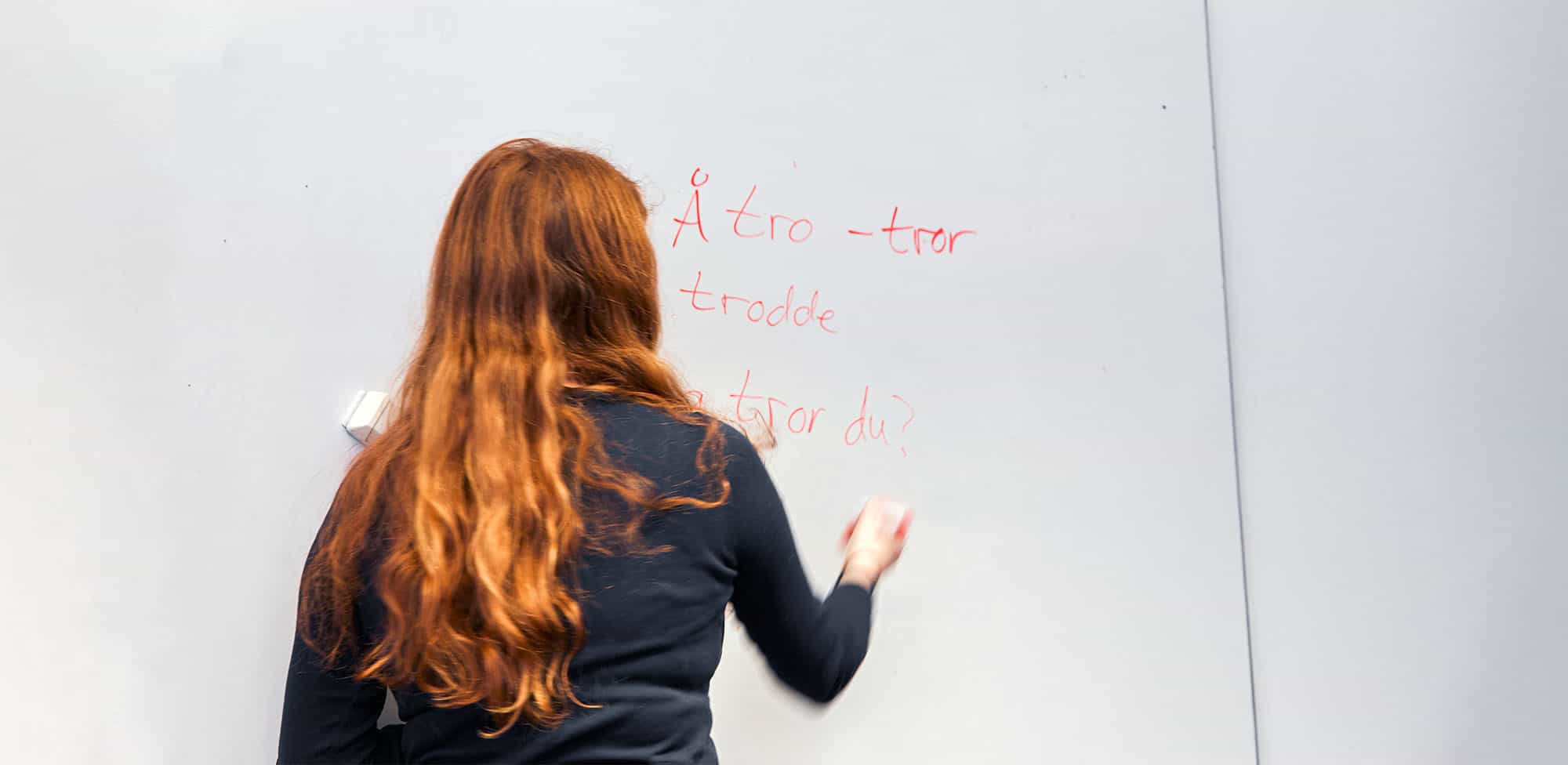09 Oct 2016
Norwegian nouns have three genders, and the definite form is made in by adding the suffix -en for masculine, -a for feminine and -et for neuter (remember that the t is silent!). These suffixes are unstressed, and the e in -en and -et is pronounced [ə]. It almost sounds like it’s not even there, yet the -n is always pronounced.
Les mer...
08 Aug 2016
The standard pronunciation, and thus the name, of the letter o in Norwegian is different from that of most other languages. In English, the pronunciation of this letter varies, but it is [əʊ] when isolated, whereas in the Romance languages, the pronunciation is usually [o]. In Norwegian, however, the standard pronunciation of the letter o is [uː]. Listen to it here. Similar to the English /oo/ in tool. It retains this pronunciation ([uː]) in words such as stor, fot, bok, snok and kvote. (Listen to stor, fot and kvote)
Les mer...
02 Jul 2016
The first letter of the alphabet in most languages which use the Latin alphabet is the letter A / a. The name of this letter in Norwegian is [ɑː] (click to listen). The lower case cursive happens to be similar to the IPA symbol used to represent the pronunciation of this letter in Norwegian: [ɑ] when short, and [ɑː] when long. It is an open back unrounded vowel. Similar to the British English (RP) pronunciation of a in bath or car. However, it is not similar to the American pronunciation of bath, which is closer to that of the Norwegian letter Æ / æ (click to listen). The phonemic distinction between a and æ does not exist in languages such as Spanish, French, Russian, Polish or Arabic. It is important to remember that confusing these two sounds may result in saying the wrong word. The Norwegian word har (click to listen) is pronounced with the back vowel: [hɑːɾ], whereas the adverb her (click to listen) is pronounced [hæːɾ]
Les mer...
02 Jul 2016
If you ask a Norwegian, he or she would probably say that there are 9 vowels in Norwegian. Which is not entirely incorrect, as there are 9 letters in the Norwegian alphabet that represent vowels. Those are a, e, i, o, u, y, æ, ø, å. Unlike English, each vowel grapheme of Norwegian represents one vowel phoneme. Except for the fact that we differentiate between long and short vowels, but long vowels are not written double nor marked in other ways.
Les mer...
30 Jun 2016
Understanding the differences, and similarities, between bokmål, nynorsk and all the different dialects of the Norwegian language can be quite a challenge.
Les mer...
15 Mar 2014
Singular definite nouns either have the suffix -et (neuter), -en (masculine) or -a (feminine). All of these suffixes are definite articles equivalent of the English «the».
Les mer...
02 Mar 2014

Les mer...
14 Feb 2014
If you have listened to someone speak Norwegian, you might have thought that it sounds like they are singing. The same is true for the closely related language Swedish, but not for most of the other European languages. Mandarin is well-known for its four tones which alter the meanings of all their words, but did you know that the Norwegian language also has tones? Not four, like in Mandarin; only two, and they only occur in the stressed syllable of words with at least two syllables. Monosyllabic words do not have tonemes.
Les mer...
08 Dec 2013
My students usually want to sound more like a Norwegian. As we have many different dialects, speaking like a Norwegian can mean different things in different places. Our capital, Oslo, is located in Østlandet, and the dialects in the surrounding area all belong to østnorsk (øst = east). The variation typically taught to foreigners both in Oslo and elsewhere is known as standard østnorsk, that is, bokmål (our most common written language) spoken with an østnorsk phonology.
Les mer...


